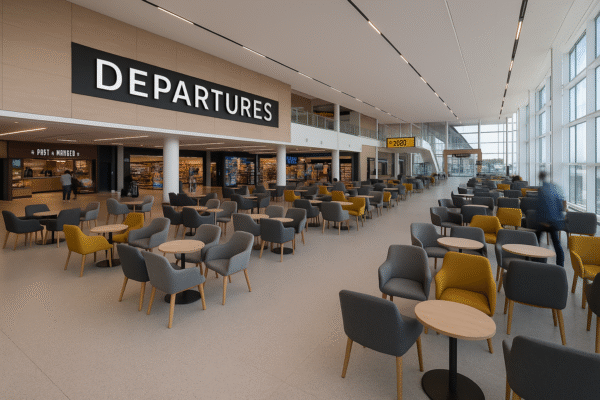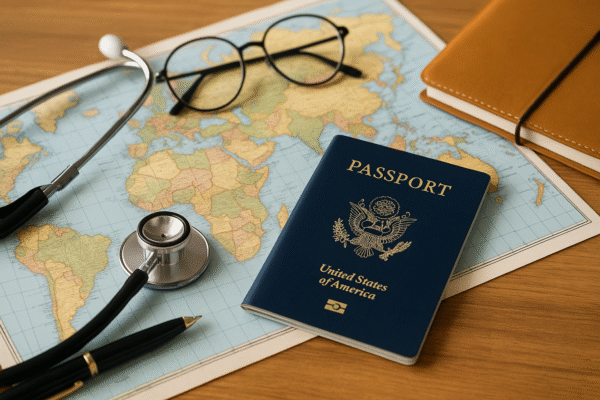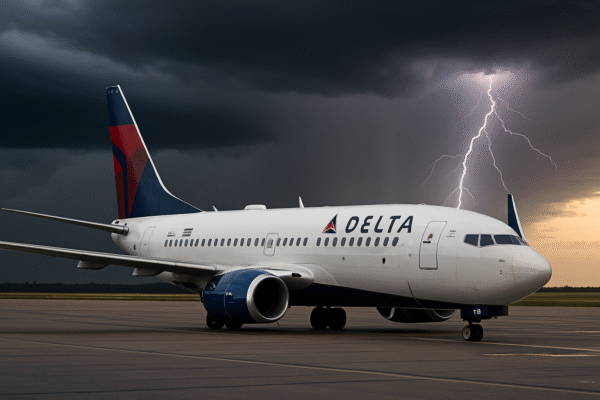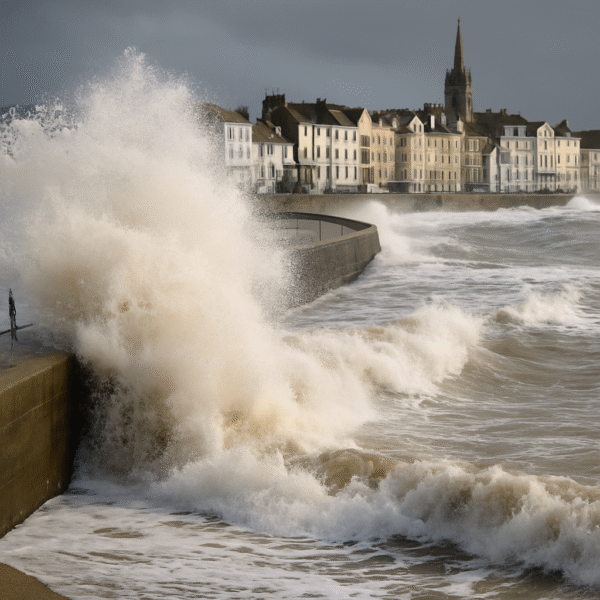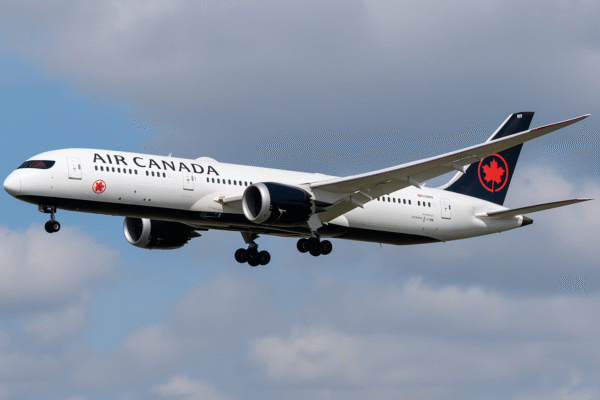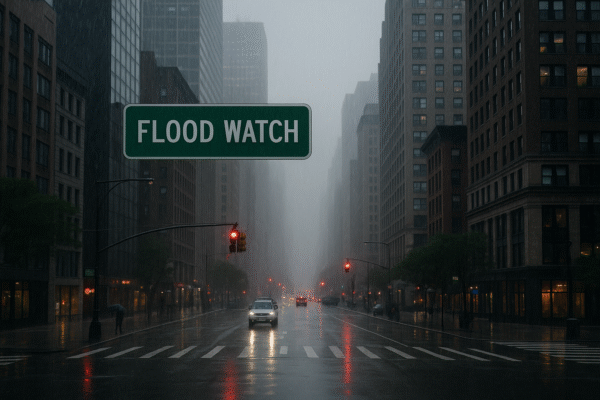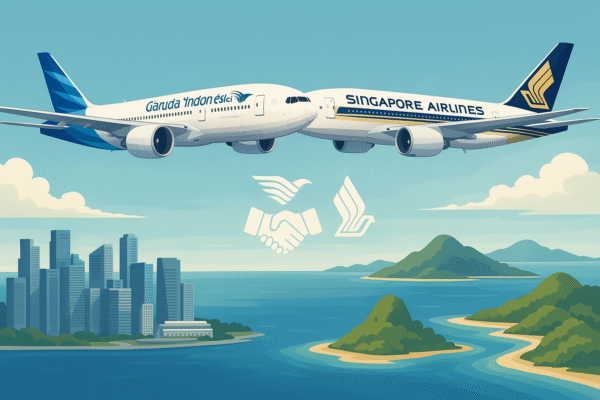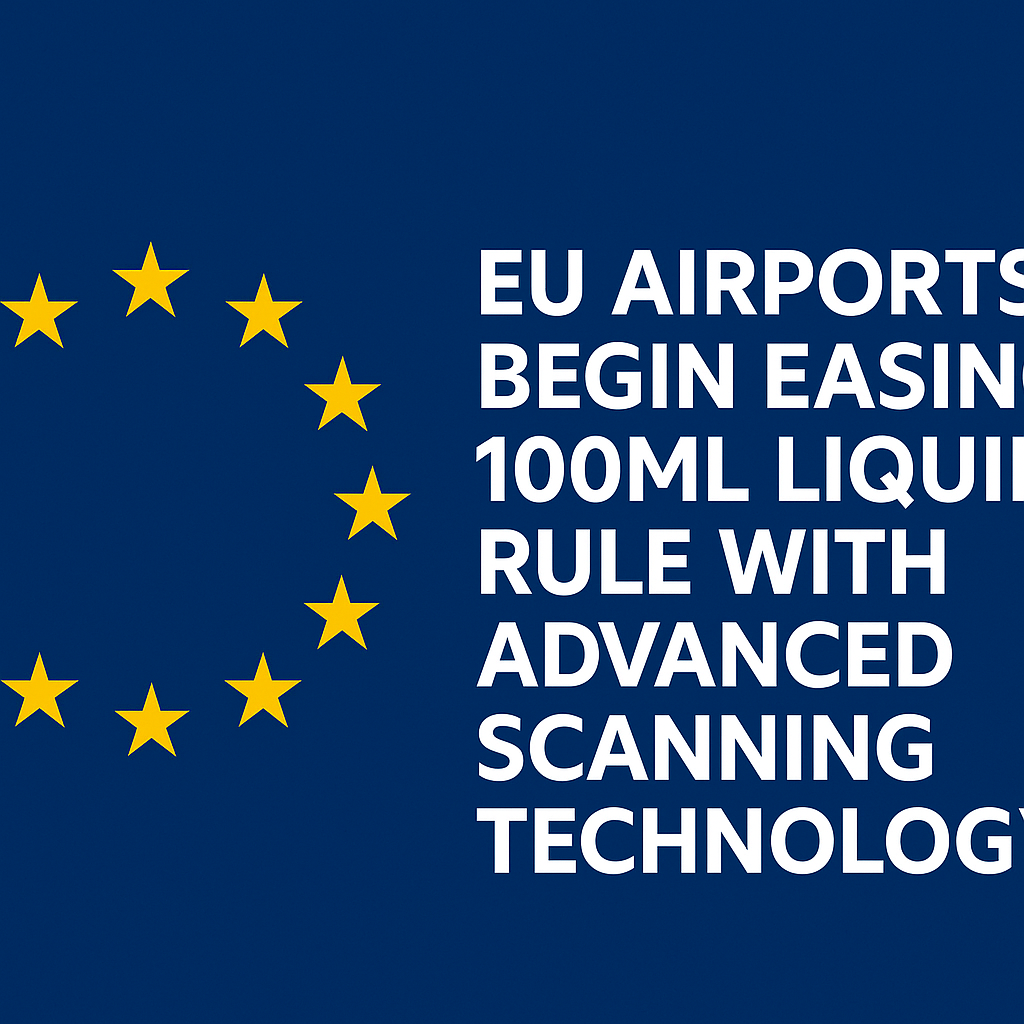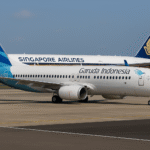Airports across Germany, the Netherlands, Italy, Spain, Ireland, and other EU member states are beginning to relax the long-standing 100ml liquid restriction in carry-on baggage. The move is part of a broader smart security initiative, centered on the deployment of next-generation 3D CT (Computed Tomography) scanners. These scanners allow travelers to keep liquids, laptops, and other electronics in their bags during security checks, significantly enhancing both efficiency and passenger convenience.
While the 100ml liquid rule has been in place since 2006 following transatlantic terror threats, technological advancements in screening now allow for safer and faster detection without the need for stringent volume restrictions. According to the European Commission, the scanners generate high-resolution 3D images, enabling security personnel to identify threats more accurately than with traditional 2D X-ray machines.
Where the New Rules Apply—and Where They Don’t
The liquid rule relaxation is not yet standardized across the entire European Union. Airports like Frankfurt (FRA), Amsterdam Schiphol (AMS), Milan Linate (LIN), Dublin (DUB), and Barcelona El Prat (BCN) have begun installing certified 3D CT scanners. However, rollouts vary by terminal and country.
For example:
- Frankfurt Airport (Germany): Some terminals now permit passengers to carry liquids exceeding 100ml.
- Amsterdam Schiphol (Netherlands): Gradual implementation is ongoing; some gates allow for the relaxed rule.
- Milan Linate (Italy): Terminal-specific rollouts have begun.
- Dublin Airport (Ireland): New scanners are active in select security lanes.
- Barcelona El Prat (Spain): Infrastructure upgrades are underway, but not yet fully implemented.
Passengers should be aware that different terminals within the same airport may operate under different rules. A traveler departing from one terminal with relaxed rules may still face older restrictions at their return terminal.
Why the Liquid Ban is Being Lifted
The policy change is driven by the deployment of cutting-edge CT scanners—particularly those built by Smiths Detection—which meet the EU’s technical and safety criteria. These machines are capable of scanning containers up to two liters in size, a massive upgrade from the previous 100ml limit.
However, not all brands of CT scanners have received EU certification. Machines from manufacturers like Rapiscan and Nuctech are still under review. This has resulted in a fragmented rollout, with only select terminals implementing the policy changes.
EU’s Decentralized Rollout Strategy
The European Commission has opted not to mandate a uniform implementation deadline, instead empowering individual member states and airport operators to proceed at their own pace. This approach reflects a commitment to both security and operational flexibility, though it introduces significant inconsistencies across the travel experience.
According to Guido Körber, Director at the European Commission’s Security Union, “This is a significant breakthrough in European aviation security. The technology will enable better threat detection while enhancing the passenger experience.”
Despite a minor delay in the summer of 2024 due to a technical issue, the rollout resumed after safety confirmations, with over 700 scanners being installed across 21 EU countries.
What Travelers Should Do
Until the new rules are fully implemented across all terminals and airports, travelers are strongly advised to:
- Check official airport websites or contact airlines prior to departure.
- Continue to follow the 100ml liquid rule unless otherwise stated.
- Allow extra time at security checkpoints due to possible confusion over the rules.
- Avoid packing liquids above 100ml in carry-on bags unless certain of scanner availability at both departure and arrival airports.
What’s Next for EU Airport Security
By the end of 2026, most major EU airports are expected to be fully equipped with the new CT scanning systems. The modernization efforts aim not only to ease passenger burdens but also to improve threat detection and reduce wait times at security.
In the long run, this technological upgrade represents a step toward harmonized, smart travel infrastructure throughout the EU. While the present patchwork rollout can be frustrating for travelers, the eventual outcome will be a safer, quicker, and more seamless airport experience.
Final Word
The easing of the 100ml liquid rule at European airports marks a pivotal shift in how aviation security is approached across the continent. With Germany, the Netherlands, Italy, Spain, Ireland, and others taking the lead, this change reflects a broader movement toward integrating modern technology with enhanced traveler convenience. For now, travelers must stay vigilant and informed as implementation continues to vary.
As more EU countries adopt this system, the dream of hassle-free airport security—with fewer bag checks and shorter lines—edges closer to reality for millions of passengers annually.
For more travel news like this, keep reading Global Travel Wire


